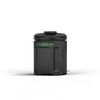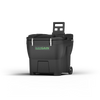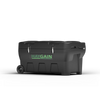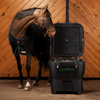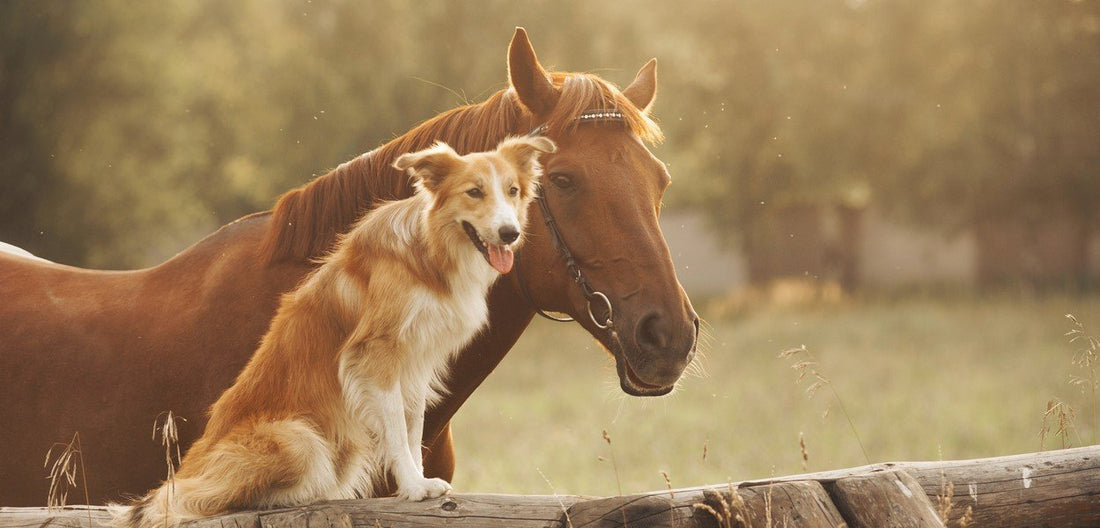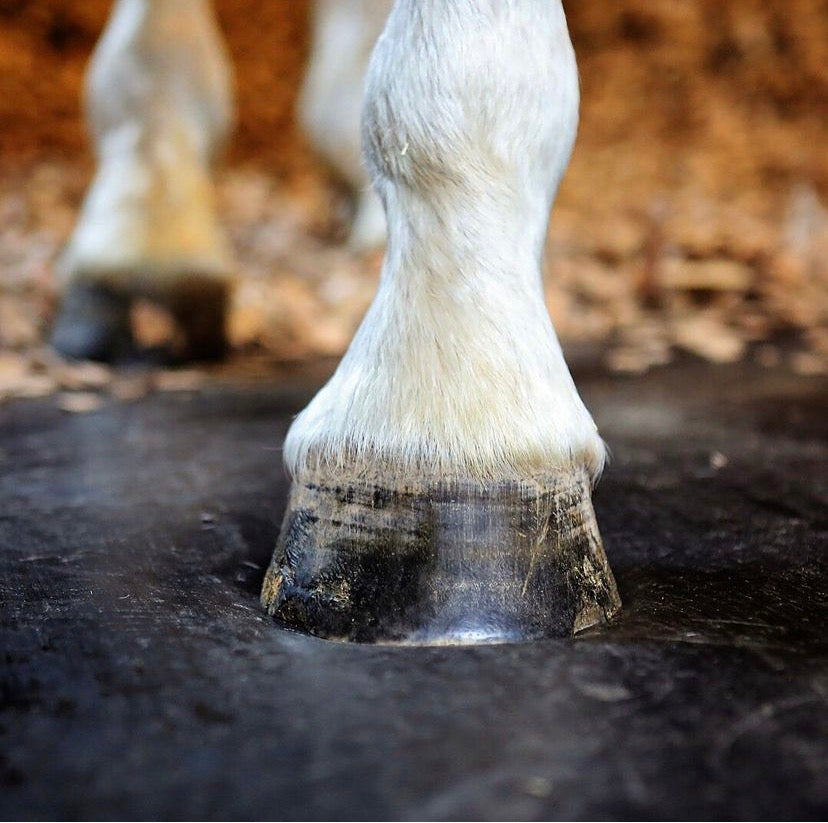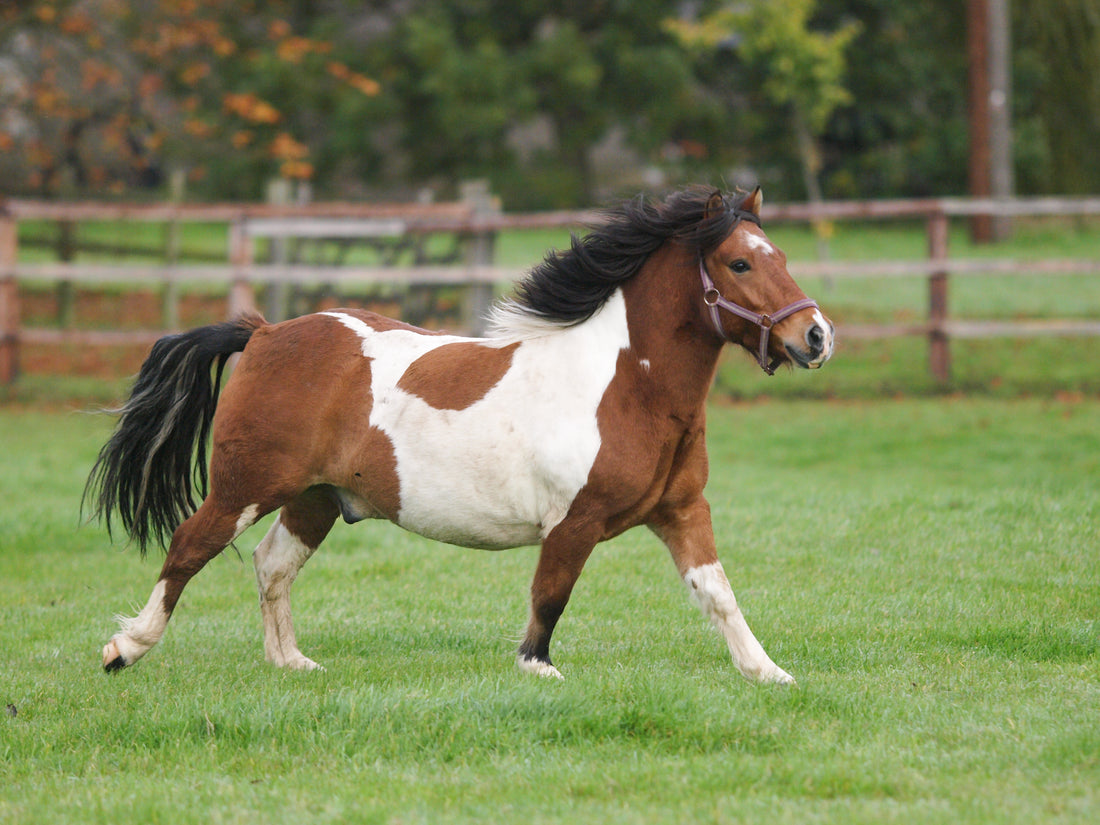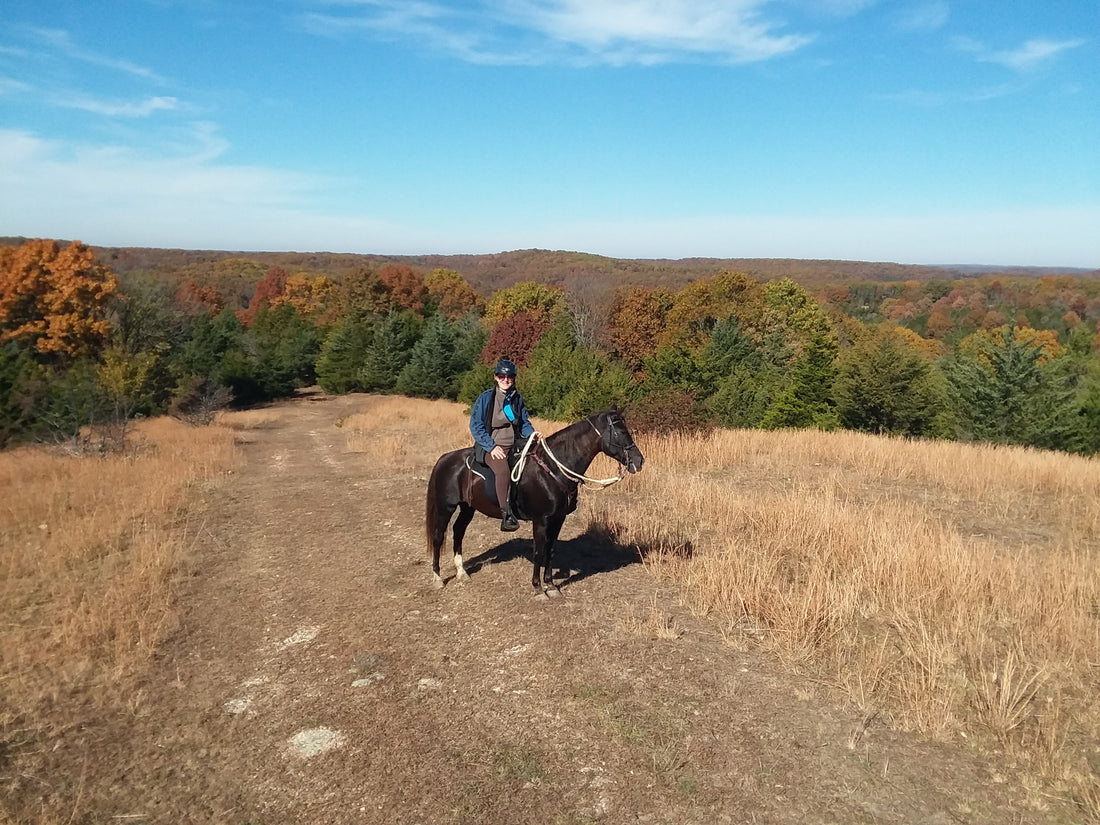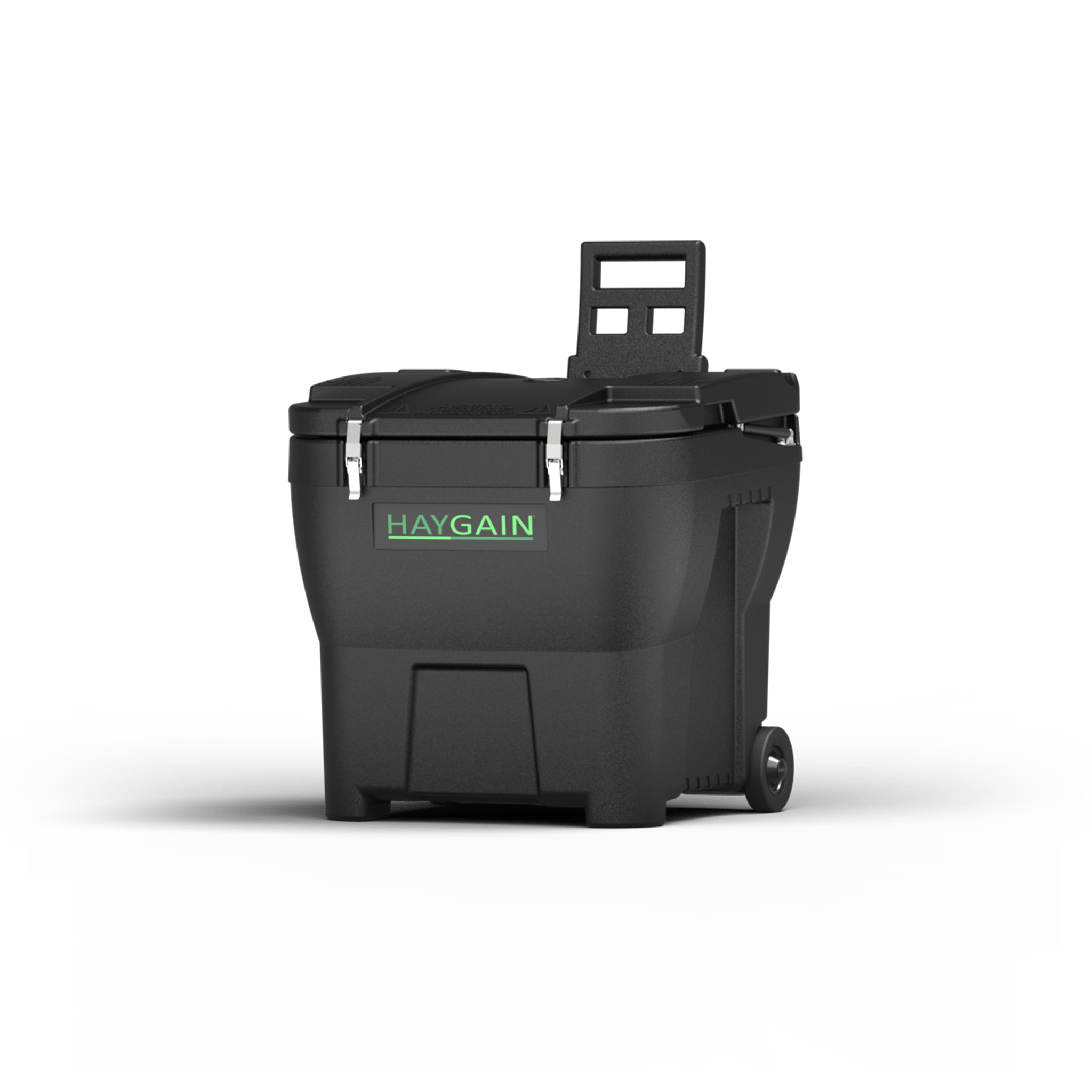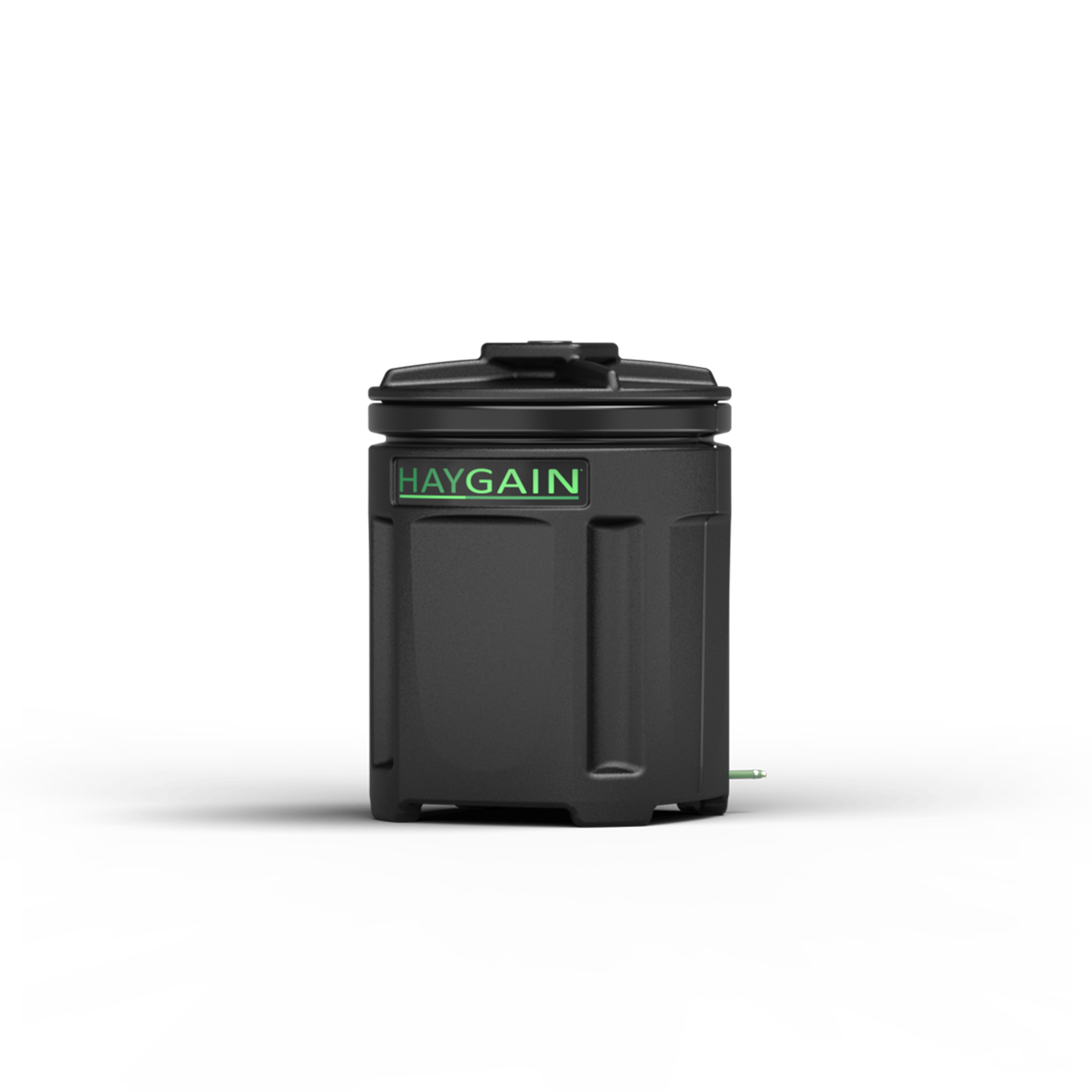17/03/2020
What do we know about coronavirus and its potential threat to our animals?
Knowing animal lovers, they are more likely to be concerned about passing COVID-19 onto their animals than catching it from them. But what do we know about the potential threat to and from cats, dogs and horses? Dr David Marlin gives us the facts so far.
By Dr David Marlin
175,438 confirmed cases of Covid-19 to date
Dehydration occurs when a horse hasn’t taken in enough water, and there are two simple reasons why this may occur more often in winter than the rest of the year. Firstly, when temperatures drop, so will the temperature of the water that is available for them to drink.
Research has shown that horses will drink more water when it’s warm or tepid, meaning they could turn their nose up at very cold water. Old horses with broken or worn teeth may actually find drinking water that’s close to freezing point downright painful, and they will be at greatest risk of dehydration in winter.
Secondly, lots of domesticated horses spend more time eating dried forage and less time eating grass in the winter months. Given that hay is dried grass, it’s no surprise that there isn’t much moisture in hay and, particularly after a rapid change in routine, a horse might miss the fluid they normally absorb from grass. It’s perhaps hard to imagine that the coronavirus strain COVID-19, also referred to as SARS-CoV-2, only began to emerge in China at the end of 2019 when we look at what is happening today. At the time of writing there are 175,438 confirmed cases and have been 6,713 deaths worldwide attributed to the COVID-19. And these are only the ones we know about. As many people showing less severe symptoms which could be due to COVID-19 infection are not being tested, it has been estimated that the current true number of cases could be 10 to 20x higher.
Again, at the time of writing we seem to have polarised behaviour. There are people who are panic buying and self-isolating whilst others are out in pubs and restaurants in numbers. The latter may be underestimating the risk of infection, unaware of the consequences, concluding that, at this stage, the risk of infection is still relatively low, in denial or simply resigned to becoming infected and believing they will recover.
Social media is playing an interesting role at this time and there is a mass of information circulating about COVID-19. Some good, some bad, some potentially very harmful and some ridiculous. And as often happens, bad information seems to disseminate better than good. This can often be because the poor information is written in a style people find easier to relate to or more sinisterly, poor information is used as click-bait to drive people to sites that generate income through advertising revenue.
"As an asthmatic, I have been taking both a professional and personal interest in the COVID-19 pandemic"
Misinformation circulating about where COVID-19
At the time of writing there have been 1029 scientific papers published on COVID-19 – 2 papers in 2019 and 1027 in 2020! This illustrates how acute the emergence of this pandemic has been. I certainly can’t claim to have read all of these, but I have read a lot, especially the ones I consider to be most relevant relating to aspects such as origin, transmission, disinfection, strain mutation, management and treatment.
Many animal owners will be facing some anxiety at this time, especially as there is a lot of misinformation circulating about where COVID-19 came from and it potential to jump into animals or for animals to transmit the disease. Diseases that can be spread from animals to people are referred to as Zoonoses, and include diseases such as rabies, Lyme disease, malaria, Salmonella, Ebola, Swine flu and West Nile virus. Knowing horse, dog and cat owners, they are more likely to be concerned about passing COVID-19 onto their animals than catching it from them.
Where do we think COVID-19 came from?
The likely origin is a live-animal market in Wuhan, China but, it may also be possible that it was brought to the market by an infected person. There are no definite answers yet, but most research supports the theory that it originated in the Rhinolophus or Horseshoe bat and was passed to people via another animal. For a while it was suggested that the intermediate-host may have been the Pangolin or scaly anteater, which is found in parts of Africa, India, and the Far-East including Southern China. A paper published on the 27th February 2020 (Li et al. 2020) in the Journal of Medical Virology however concluded it could not. But whatever the origin, this is a zoonotic disease.
What is the situation with transmission from humans to horses, dogs or cats?
It’s early days and information is limited but last week I was in contact with Dr Richard Newton, Director of Epidemiology and Disease Surveillance at the Animal Health Trust who is an expert in viral diseases of animals. Richard is also in touch with many vets and scientists working in this area around the world through the Veterinary Infection Control Society Listserver managed by Colorado State University. "This is topical but as with many of these issues, there is, unfortunately, a dearth of evidence on which to base any firm guidance.
"There is no evidence that I am aware of that horses or farm animals are susceptible or can act as a source of infection for humans".
The situation with dogs is slightly different at this stage as in Hong Kong they did identify an animal that was owned by somebody who was subsequently confirmed to be infected with COVID-19 and detected SARS-CoV-2 as a weak positive by RT PCR. But there are many questions as to whether this was a true infection or the animal was acting as a fomite [carrier e.g. on the coat or paws] for the virus."
In addition, IDEXX Laboratories in the USA have just announced (13th March 2020) that they have been testing thousands of dog and cat samples for COVID-19 and to date there have been no positives. IDEXX also has labs across Canada, Australia, New Zealand, Japan, South Korea, South Africa, Brazil and Europe and have said they will continue to test for COVID-19.
At the present time, considering all available information, person to person transmission is the cause of the spread of COVID-19 beyond Wuhan and that the Centre for Disease Control (CDC), the World Health Organisation (WHO) and World Organisation for Animal Health (OIE) are all in agreement that there is no evidence of pet to pet or pet to animal transmission of COVID-19. Neither is there any current evidence of people infected with COVID-19 transmitting this to animals.
Want to take extra caution?
If you want to be cautious, the best advice at this time given the lack of knowledge is that if you become infected with COVID-19 you should limit contact with your animals as much as possible. If you are infected and have no choice, wear a face mask and latex gloves and avoid stroking or touching them or their food as much as possible and wash your hands before and after any contact.
TRENDING ARTICLES
-
BEFORE YOU GO
Get the Haygain Newsletter
Subscribe for the latest news, health advice, special offers and competitions. Fill out the form at the bottom of this page.
